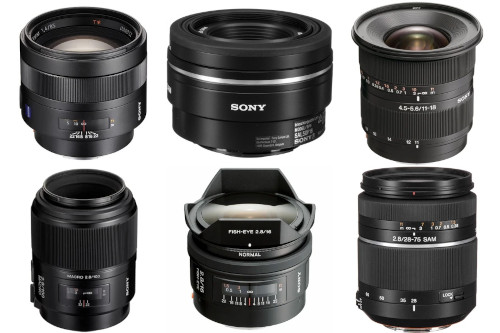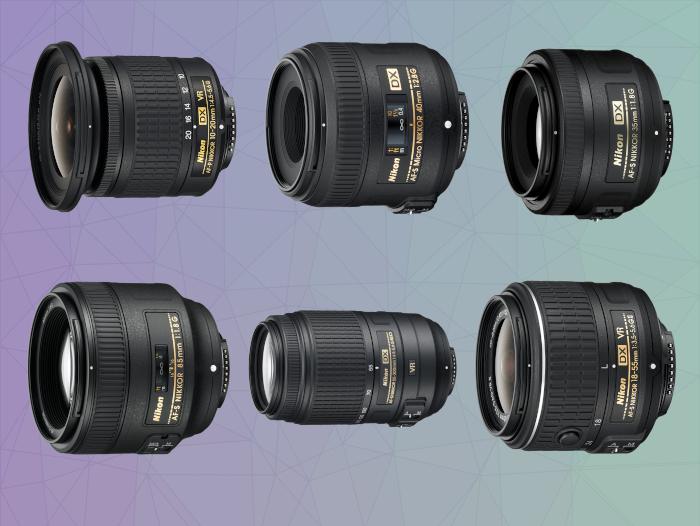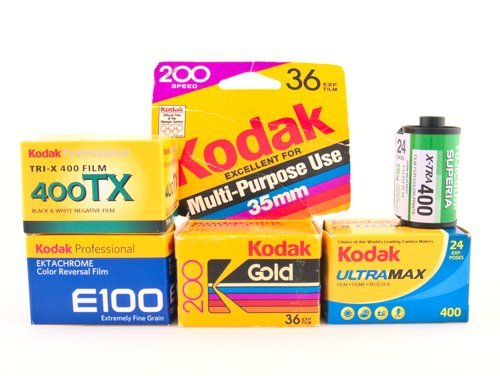
Best Film for the Pentax P30
- Nathaniel Stephan
- Pentax p30
- May 12, 2020
Table of Contents
The best film to use in your Pentax P30 should be based on the lens, available light, and if you want to use color or black & white.
Using an ISO 400 film or higher speed will let you avoid having to carry around a flash and/or tripod.
Ensure you have a fast lens if you want to take images in low light, conditions that are frequently found indoors. For lens recommendations have a look at my brief article on the 5 Best Lenses for the Pentax P30.
Affiliate Advertising Disclosure
Outside the Shot is a participant in the Amazon Services LLC Associates Program, an affiliate advertising program designed to provide a means for sites to earn advertising fees by advertising and linking to Amazon.com.
As an eBay Partner, I may be compensated if you make a purchase. I also participate in affiliate advertising programs with KEH and Adorama. More can be found on the Affiliate Disclosure page.
Color Film
Consumer
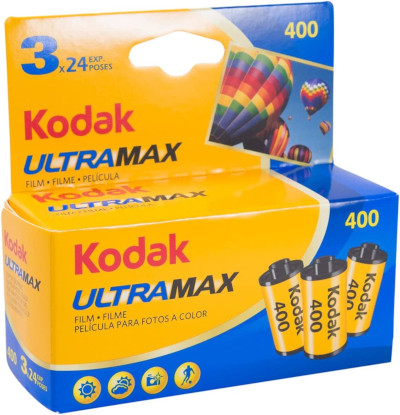
Kodak UltraMax 400 - The film can be used in a wide variety of lighting conditions and is a great choice for a color film. The film is fast enough so that you should be able to handhold the P30 in just about all circumstances.
Expect photographs to appear a little bit warm with wonderful colors.
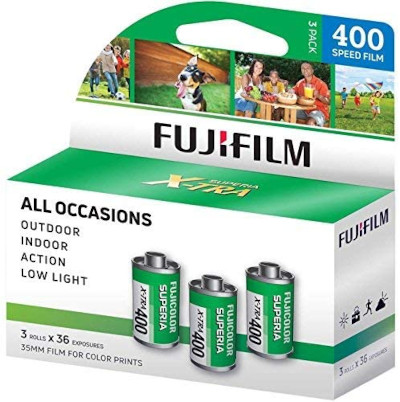
Fujifilm Superia X-TRA ISO 400 - Depending on your location, this film can have greater availability. It is a great alternative to Kodak film.
When compared to Kodak, Fuji tends to be a little bit cooler with an emphasis on greens and blues.
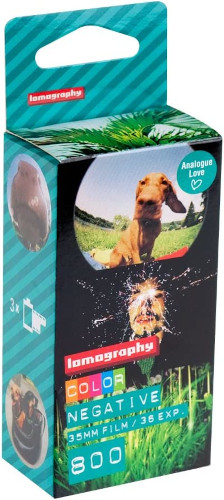
Lomography 800 - If you want a color 35mm film with an ISO of 800, there aren’t very many possible choices. This happens to be the only 35mm film emulsion focused on consumers.
Furthermore, if you have a medium format camera, it’s also offered in 120 film format.
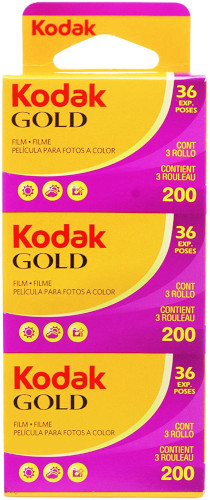
Kodak Gold 200 - An outstanding means to get that mid-80s through 90s feeling. Use an on-camera flash to get the “authentic” look the film is known for.
To bring the ideal look out of this film, over-expose it by 1 or 2-stops. This will help you achieve the fantastic colors everyone loves the film for.
Professional
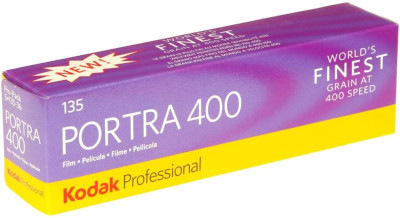
Kodak Portra 400 - By far the most popular color negative film among film enthusiasts online. Overexpose the film by 1 or 2-stops to get the style the film is known for.
There are also ISO 800 and ISO 160 versions of Portra. Portra is also offered in rolls of 120 film, 4x5 sheets, and 8x10 sheets.
Black and White Film
Consumer
With affordable costs and very good very popular to be used in the Pentax P30.
The biggest appeal for photography students and budget minded photographers is the very affordable price. Even if you don’t put yourself in that group, it is good to have economical rolls of 35 film on hand for testing recently purchased used gear.
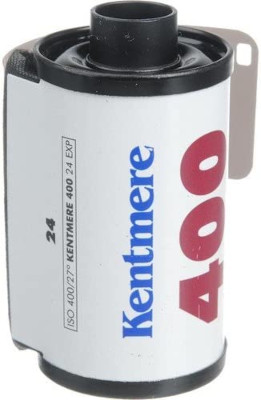
Kentmere 400 - Produced by Harmon Technology, which is also the parent company of Ilford. This is good since that allows this to be the most commonly available film out of the 3.
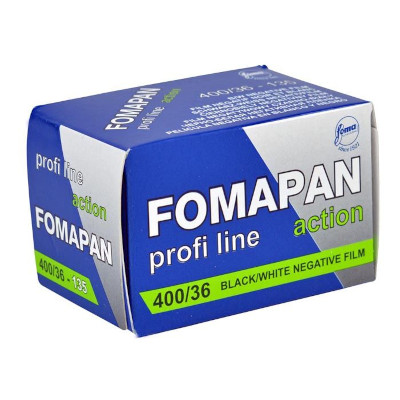
Foma Fomapan 400 Action - Might be much easier to acquire in Europe as the film is produced by Foma Bohemia inside of the Czech Republic.
A suitable film to choose for your first few attempts at analog photography or home developing. Also a good option if you happen to be trying out a camera to make sure that it’s functioning correctly.
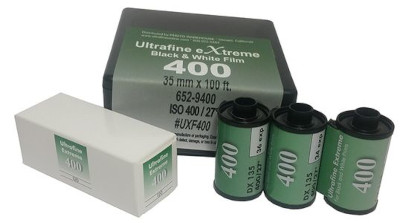
Ultrafine eXtreme 400 - The best store to get this film is straight from Ultrafine.
If you process color 35mm film at home, you could have used developer produced by them to process your film.
Professional
Kodak Tri-X 400 and Ilford HP-5 Plus 400 are the two most widely used black & white films. While they both possess distinctive styles, they possess many characteristics in common that makes them so popular.
You can still get professional results after pushing both film stocks 2-stops. A 35mm roll of film can be shot at ISO 400, 800, or 1600, making them remarkably flexible.
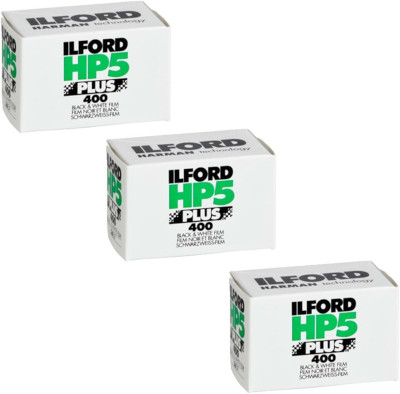
Ilford HP5 Plus 400 - The fundamental differences are that HP5 Plus is less expensive and has lower levels of contrast compared to Tri-X. Less contrast can be an advantage because of the fact contrast can be changed when making a darkroom print or during digital processing.
The film emulsion has subtle grain and still looks great when pushed 2-stops.
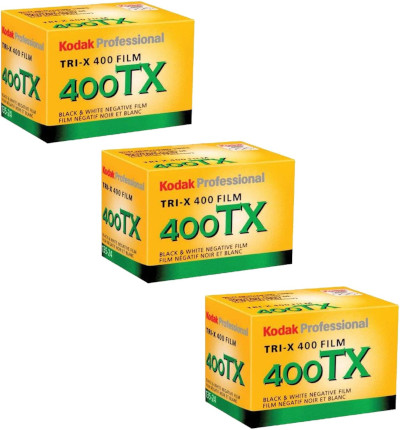
Kodak Tri-X 400 - This film features a stronger style to it. To create the legendary grain structure, contrast, and look of the film, it needs to be processed in D-76.
You will certainly see greater contrast with Tri-X 400. That’s very good if it is the overall look you would like because it requires not as much work when editing digitially or making a darkroom print.
Slide Film
Film emulsions that make a positive image are often referred to as reversal, slide, or transparency film. This allows the pictures to be viewed with a light box or projector.
Colors do not need to be inverted to be viewed, as opposed to the more readily available negative film emulsions.
Slide films are thought to be tough to work with due to the fact slide film has substantially less latitude and dynamic range when compared to negative film.
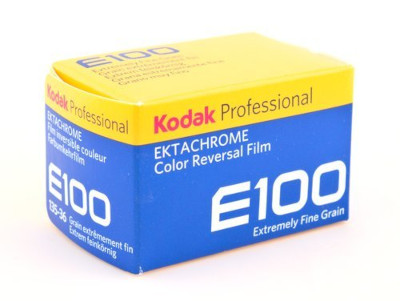
Kodak Ektachrome 100 - This is a film known for wonderful skin tones and fine grain. The colors won’t be seen as oversaturated. Ektachrome has been color balanced for daylight.
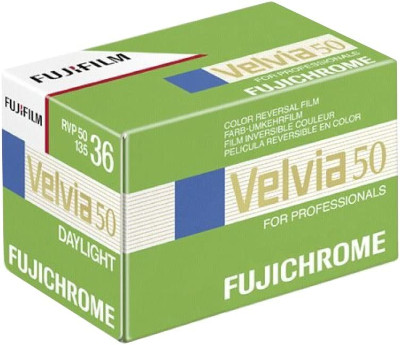
Fujifilm Velvia 50 - Creates beautiful looking photographs that have appreciably elevated amounts of contrast and saturation. It is sharp daylight balanced film. It has the top resolving power of any elevated elevated.
An ISO 100 emulsion is also offered.
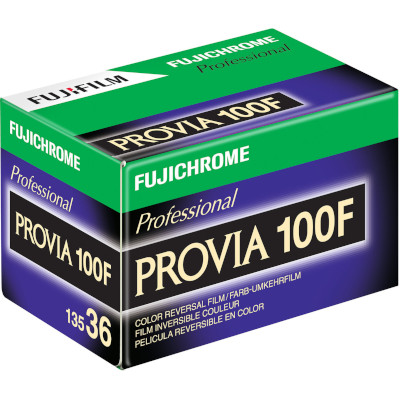
Fujichrome Provia 100F - Offers vibrant and natural colors with medium color saturation and contrast. It is a ultrafine grain film balanced for daylight.
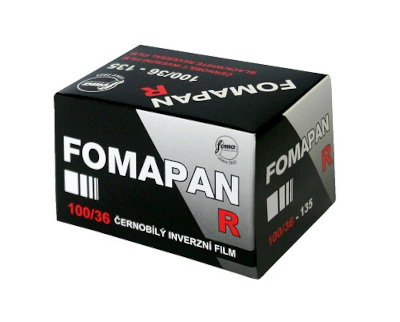
Foma Fomapan R100 - This is a black & white slide film, marketed by Fomapan as having very good resolving power, elevated levels of contrast, and very fine grain. It’s also regarded as a alternative for the discontinued Agfa Scala slide film.
Film Basics
Consumer vs Professional Film
Pro film stock have better latitude, are easier to push, and increased dynamic range, which is the reason they are more expensive.
There is a big difference in business that sell rolls of film. Consumer films can more often than not still be purchased from pharmacies and big-box stores in small amounts. Professional quality film emulsions will need to be bought from a online or specialized photography store.
ISO
The ISO signifies the film speed, that can also be thought of as the film’s light sensitivity.
The higher the film’s ISO, the less light will be needed to capture a film frame. This comes at the expense of more film grain.
It can be a challenge to handhold the P30 with ISO 100 or slower speed films (ISO 50, ISO 25, etc). This is because if you don’t have full sun, the shutter speeds might be longer than what you’re able to handhold without causing motion blur.
To avoid this you’ll need to use a fast lens, flash, and/or tripod. The extra equipment might not be needed if you choose a faster ISO 400 or ISO 800 film.
The ISO selection knob is labeled as ASA on the Pentax P30. The shift to labeling ISO from ASA (American Standards Association) came after the creation of the International Standards Organization (ISO).
Film Latitude
Film latitude is the amount of stops film can be overexposed while producing acceptable quality. Pro film stocks have a greater latitude along with a slightly higher price.
Transparency film has less latitude when compared to negative film. That is a reason why it’s regarded as challenging to use.
Dynamic Range
The difference between the shadows and highlights parts of an image is known as dynamic range. Parts of a picture that fall out of this range will be rendered as solid white overexposed highlights or black underexposed shadows.
A bigger dynamic range is ideal due to the fact that it can make shooting in a variety of lighting situations easier.
- Digital cameras 14+ stops
- Negative film up to 13 stops
- Slide film 6-8 stops
Slide film is regarded as challenging to shoot as a consequence of the constrained dynamic range. An extremely good time to give it a try would be during the golden hour.
Film Type
The Pentax P30 takes 35mm film that is sold in metal canisters. The film can also be described as 135 film, and it is the most frequently used type of film.
The only other film format you are going to encounter is 120 or 220 film that is used by medium format cameras}.
Changing the film you are using will change the look of your pictures. This is one of the wonderful things about film.
DX Coded Film
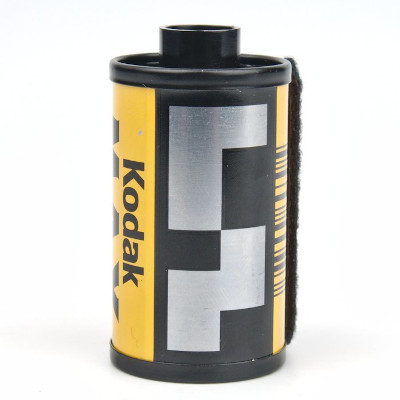
Almost all commercially available 35mm film on the market at this time has a DX code. This allows cameras to detect and set the ISO when the film canister is loaded.
DX-coding is not going to change anything for the Pentax P30 because ISO needs to be manually selected with the ASA knob.
Pentax P30 Resources
Where to Get 35mm Film Developed?
You will find limited possibilities for where to get 35mm film developed. For a more thorough discussion of the possible choices read my guide on Where to Get Film Developed.
WARNING: Pharmacies and big box stores have stopped processing film locally. They ship film away to be processed by a third party. As a result, you won’t be given your processed negatives back.
- Develop Film at Home
- Use a Local Photography Lab
- Use a Mail Order Photo Lab
- Pharmacy or Big Box Store
Shipping film to a mail-order photo lab to be processed and scanned is the most convenient solution if you are new to shooting film. If you frequently shoot film, this might be a disadvantage due to the fact that it can get really expensive.
There are a couple of activities that can be done to lower the costs involved in shooting film, provided that you’re shooting a moderate to high volume of film.
Bulk Loading Film
Considered one of the most well known options to save some money on film is to buy a roll of 100 feet of film and manually load it into canisters by hand.
A 100 foot bulk roll of film should fill around 18 canisters of film containing 36 frames each. Expect savings of 20-30% depending on your choice.
Be aware that you’re only going to be able to buy 100 foot rolls of black & white film. This is in part because black and white film is quite a bit easier and more cost-effective to develop at home.
Home Developing and Scanning
Any film can be processed at home. It’s a very good way to cut costs so you can shoot more film with your Pentax P30.
Black & white film is much simpler to develop. Chemical temperature and time are both not as critical to do correctly with black & white films as temperatures and time are for color negative or transparency film.
